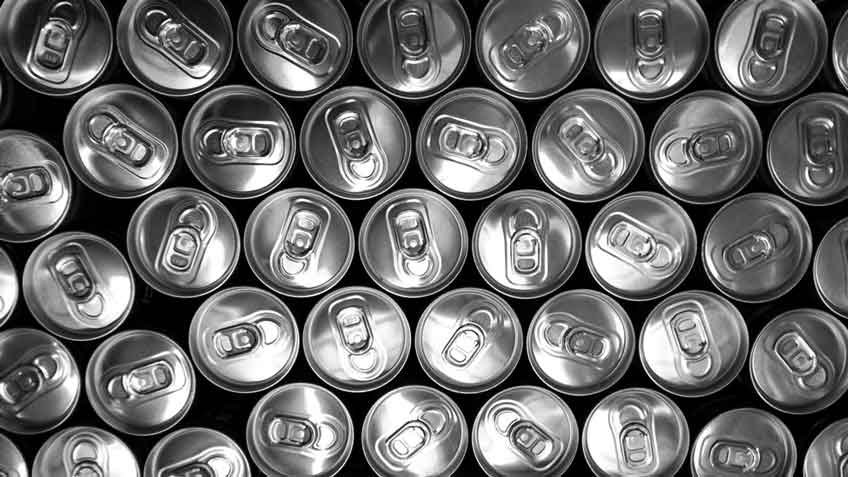Did you know that aluminum cans are reborn every 60 days? Recycled cans lead pretty complex lives, in fact. Because aluminum scrap is endlessly recyclable, that ordinary soda can may have been melted down and reprocessed literally hundreds of times.
So how does that can go from your refrigerator to the recycling plant and back again? And what goes on at that recycling center, anyway? Read on for an illuminating look at the thousand lives of recycled aluminum.
And They’re Off!
This part you already know: the first step in aluminum scrap recycling starts with you, the consumer. You place your used aluminum can in the recycling bin or, better yet, make some money by selling your cans to an aluminum scrap recycling yard near you, where it joins other discarded materials to be recycled.
That’s only the beginning of your can’s journey, of course. At a treatment plant it can be sorted, cleaned and processed.
Sorted, Cleaned, Delivered
First off: sorting. Recycling plants use lots different equipment and techniques to turn the stuff in your bin into fresh materials, including conveyor belts, screens and magnets. Some items are even culled by hand. Part of the goal here is to separate cleaner cans from soiled ones (a little insider tip here: the cleaner your cans are when you pitch them, the less energy plants spend on cleaning — making your recycling center more efficient). Which leads us to the next step: bathtime.
Soiled containers go into a seperate line so they can be washed using industrial-strength spigots. Only after they’re squeaky clean will they rejoin their fellow cans for further processing.
Here comes the fun part. A giant machine, aptly called “a crusher,” smooshes cans into a solid block. The crusher is crazy powerful: it has a giant hydraulic panel that squashes cans like they’re ants. (You can watch a gif of that process here — it’s oddly satisfying.)
Another One in the Can
And with that, the can’s life at the recycling center comes to an end. The blocks of aluminum scrap, known as “bales” in industrial-speak, make their way to an aluminum processing center for smelting. The bales are melted down at a high heat that removes coatings, paint and labels on the outside.
After the metal heats to its liquid form, it’s poured into a giant mold to make ingots. When we say giant, we’re not kidding—each ingot contains about 1.6 million melted cans!
Next, a finishing mill heats the ingots and flattens them down to smooth sheets of processed aluminum scrap. Once they cool a little, they get wound up like giant rolls of aluminum scotch tape.
And that’s when they get to the last leg of their journey. The metal rolls are brought to a manufacturer so they can be melted into new cans for sodas, beer, energy drinks, juice, tea, coffee . . . you get the idea. The manufacturer slaps a new label on them, fills them up, seals them and then ships them off to stores.
The whole process, from start to finish, takes about 60 days. Compared to the 500 years it takes for aluminum to oxidize naturally, that’s a pretty good deal for the environment.
But it could be a pretty good deal for you, too. In fact, if you’re looking to earn spare cash, an aluminum recycling center near you will even pay you for your cans, so you can buy—you guessed it—more cans full of tasty things. Now that’s what we call a renewable resource!

